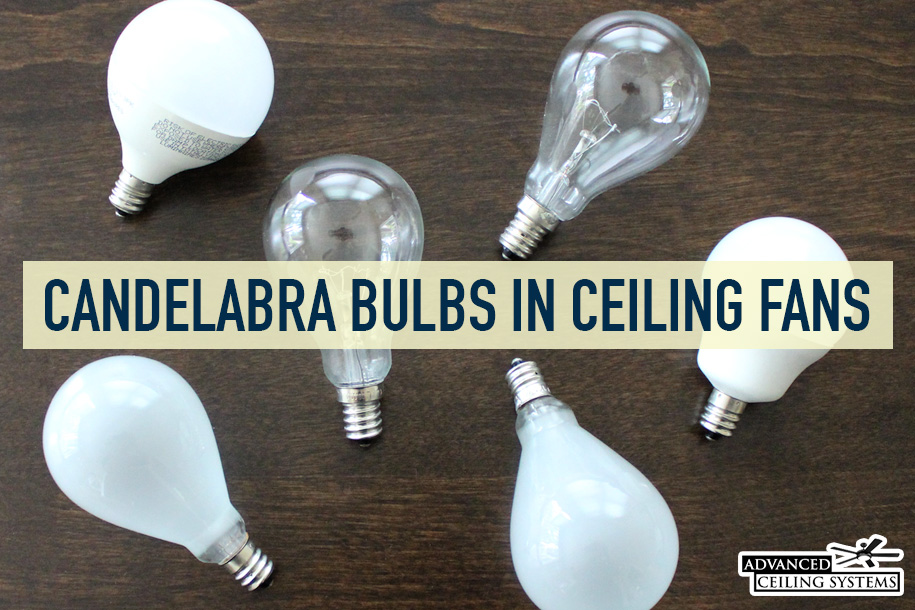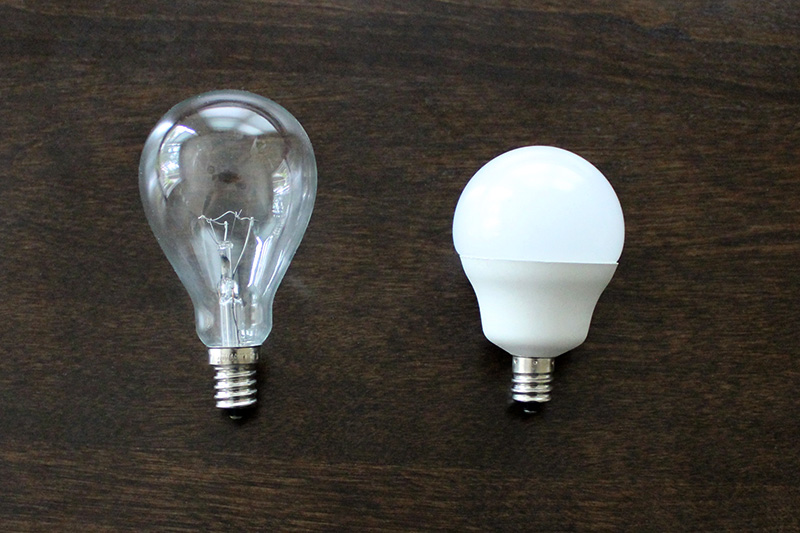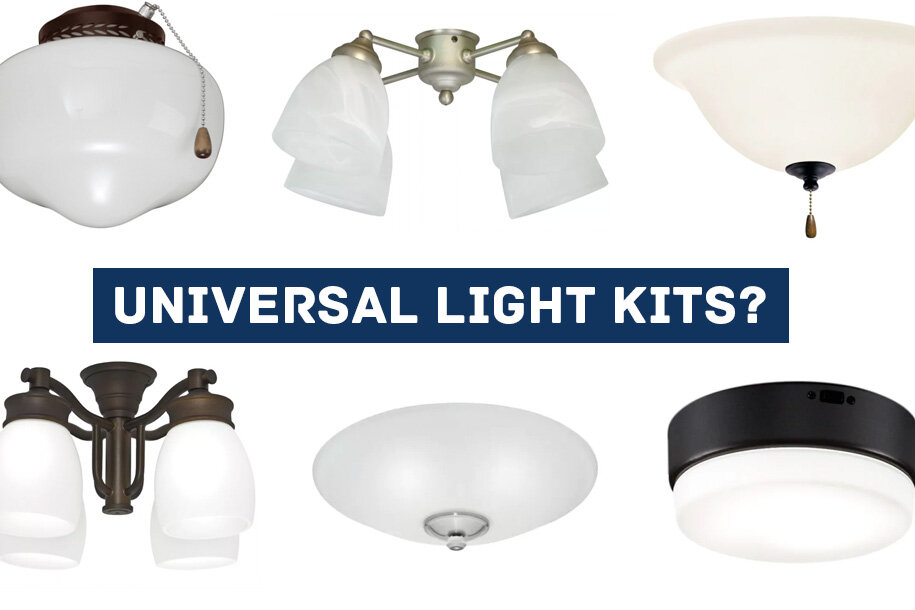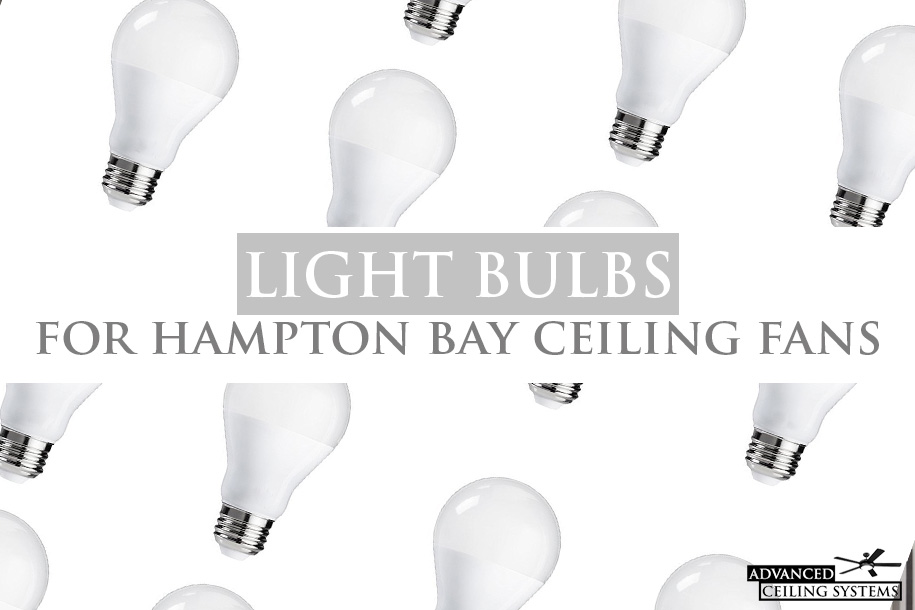Why Ceiling Fans Have Candelabra Bulbs Explained
If you are familiar with older ceiling fans then you may remember a time when ceiling fan light kits used regular light bulbs. But things quickly changed a little over a decade ago when ceiling fan manufacturers began introducing ceiling fans with candelabra bulbs. In this article we will explain why ceiling fans have candelabra bulbs as well as share some tips on what you can do to get brighter light out of your candelabra light kit.
Why do ceiling fans use candelabra bulbs?
The story begins in 2005 when President George W. Bush signed into law the Energy Policy Act of 2005. The act gave tax incentives to entities who followed new energy conservation and efficiency standards. One provision in particular limited socket type lighting to 190 watts or less in order to conserve energy. For many ceiling fan manufacturers at the time, switching to low-watt incandescent bulbs was a sure way to keep the total wattage of the light kit under 190 watts to meet the new standard. This regulation began the introduction of candelabra bulbs and wattage regulators in ceiling fans.
However, the story does not end there. In 2007, the Energy Independence and Security Act (PDF) was signed into law which brought even more changes. The purpose of the act was to increase industry-wide energy efficiency standards and “move the United States toward greater energy independence and security.” [Wikipedia]
One change the act commanded was that medium base 60-watt incandescent bulbs needed to be 25% more energy efficient. As a result, both retailers and manufacturer’s were forbidden from selling or importing 60-watt incandescent bulbs and instead had to provide consumers with more energy efficient options. This part of the Energy Independence and Security Act went into affect on January of 2014.
Many ceiling fans manufacturers responded to the 60-watt incandescent ban by switching to a different size light bulb altogether. Enter the candelabra bulb, an alternative to the medium base incandescent used in older ceiling fans. This brings us to today, where most ceiling fan models who still use incandescent bulbs opt-in for smaller candelabra sized bulbs to legally stay under the regulation wattage of 190 as well as to meet the 2007 energy efficiency standards.
Two ways to get more light out of your candelabra ceiling fan
1) Upgrade from incandescent to LED
Since LED bulbs use less wattage than traditional incandescent bulbs, switching to LED ceiling fan bulbs is an easy work-around for getting brighter light from the candelabra light fixture in your ceiling fan. This means you can increase the light output without going over the industry standard 190 watt regulation. If you have traditional 40W incandescent candelabra bulbs in your ceiling fan then switching to a 60W LED equivalent is an easy way to get more light from your ceiling fan as well as energy cost savings from the lower wattage.
2) Install a Candelabra to Medium Base Adapter
Using a candelabra to medium base adapter is perfect for those who would rather get rid of candelabra bulbs altogether. A base adapter is simple to install and allows you to use regular household light bulbs instead of having to make a special trip to the hardware store for candelabra bulbs whenever your ceiling fans need a bulb change. Keep in mind that most ceiling fans are regulated to 190 watts. So you’ll have to stick to low wattage incandescent light bulbs or LED bulbs when using these adaptors.
Alternatively, you can choose to upgrade to a newer LED ceiling fan with an integrated light kit. These ceiling fans oftentimes remove the need to replace bulbs altogether since the lighting is built-in. Another option is to switch to a ceiling fan with regular light bulbs which uses E26 bases bulbs in its light kit.
Whichever route you choose, there are plenty of options to upgrade your current candelabra light kit to something brighter and more energy efficient.















